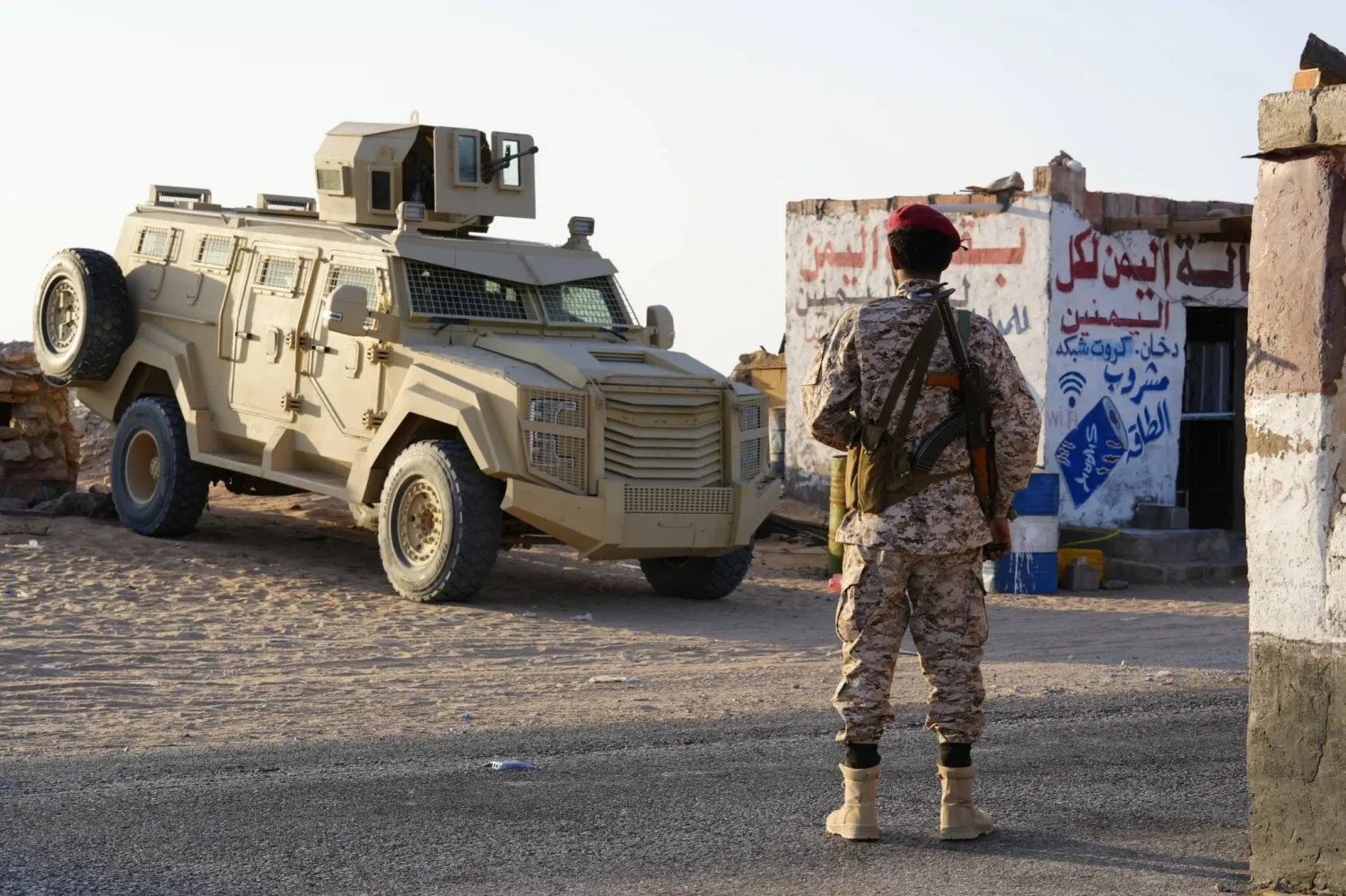Sudan's Water Minister Yasser Abbas said on Friday that his country was barely using 6 billion cubic meters of water from its 18.5 billion share from the Nile River, stressing the need to revise the laws regulating water projects in a way to allow Khartoum benefit from its full share.
“Sudan is not using more than 6 billion cubic meters of water from its 18.5 billion share, listed in the 1959 agreement,” he said.
The agreement with Britain increased Egypt’s share of the Nile water to 55.5 billion, while Sudan received 18.5 billion.
The deal has governed the use of Cairo’s water to date and it allowed Egypt the right to veto any construction projects that would impede the flow of water into the Nile.
During the first meeting of the advisory council tasked with placing the ministry’s policies and programs during the transitional phase in Sudan, Abbas said that the isolated system of the water harvesting program in Sudan was used for political and not service purposes, adding that this program was not implemented in the best ways.
He said that the principle challenges that the ministry was currently facing are to build water harvest facilities and to manage them in a sustainable manner.
“We rely on the advisory council to discuss and draw new policies and programs to allow the implementation of such projects,” he said.
The minister mentioned the lack of water engineers working at the ministry. “We are working to restructure the ministry during the upcoming phase to attract young engineers,” he said.
Ethiopia’s construction of the Grand Ethiopian Renaissance Dam on the Blue Nile began in 2012, but since then Egypt has sounded the alarm that the project would severely reduce its water supplies.
In November, the foreign ministers and water resources ministers of Egypt, Sudan and Ethiopia met in Washington to discuss issues related to the dam and they agreed to hold four technical meetings to follow up and assess the progress.
The first meeting was held in Ethiopia in November and the second meeting was held in Cairo in December.









